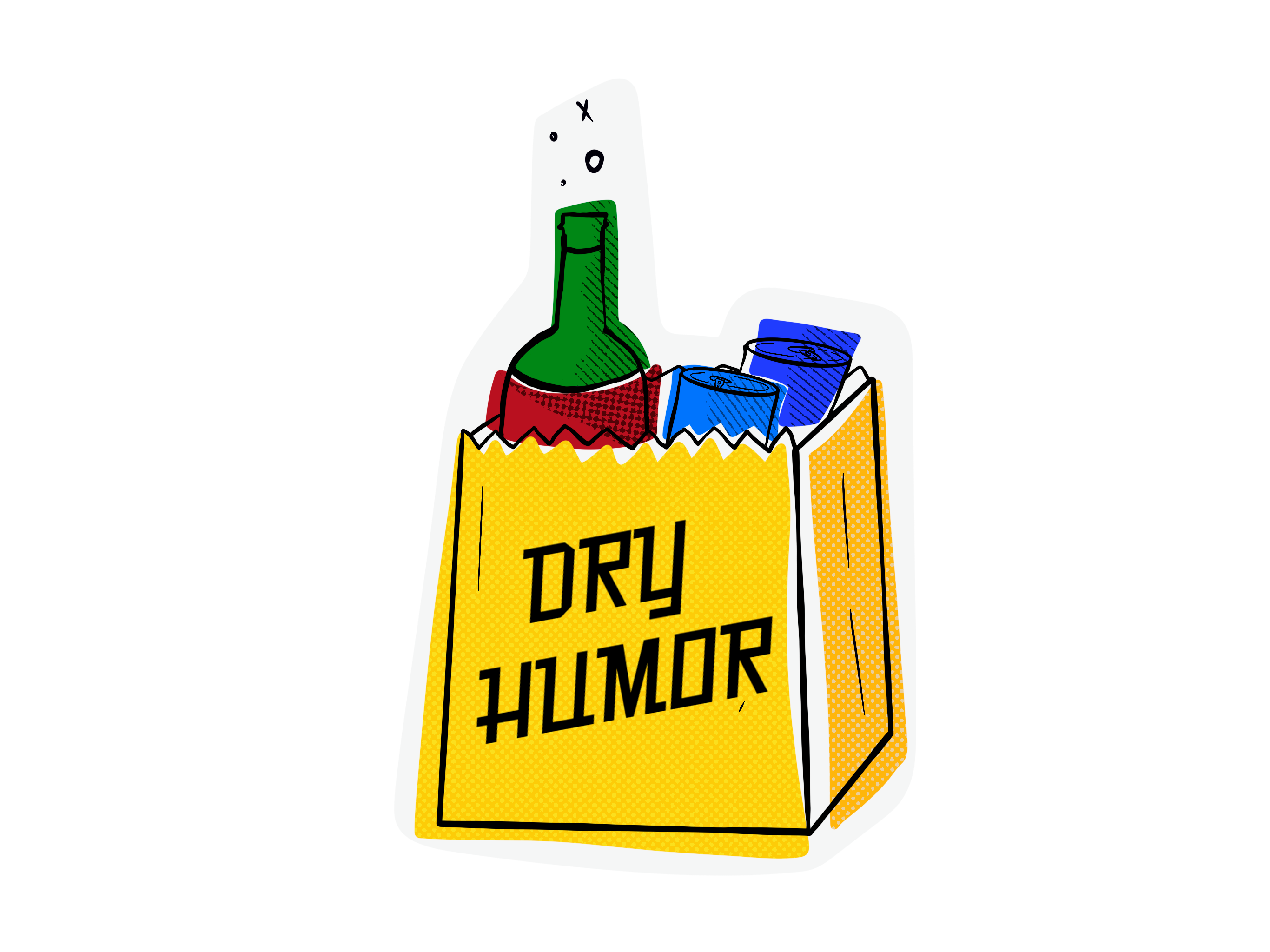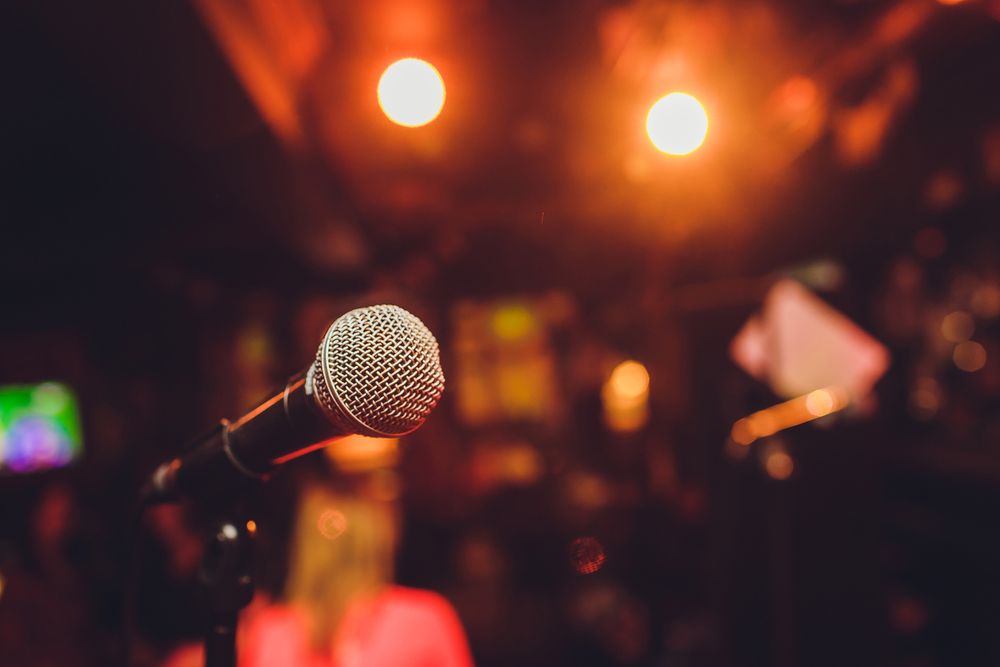Ever wondered what makes someone’s humor so subtle yet so sharp it leaves you chuckling long after the conversation? Well, that’s dry humor for you. Dry humor examples are like hidden gems in a conversation—quiet, understated, but packed with a punch. If you’re here, chances are you’re either trying to understand this quirky form of comedy or maybe you’re just dying to know how to master it yourself. Either way, you’re in the right place.
Dry humor isn’t just about telling jokes. It’s more like delivering a punchline with a straight face while the audience catches up. This style of humor often relies on timing, tone, and context to make its point. People who use dry humor tend to have a knack for making the unexpected seem completely natural.
Imagine this—you’re at a party, and someone says, “Wow, it’s so warm in here.” A dry humor response might be, “Sure, because the AC is on vacation.” It’s witty, clever, and leaves people either scratching their heads or laughing silently. That’s the beauty of dry humor—it works best when it’s subtle and unexpected.
Read also:Is Corey Mylchreest Gay Unpacking The Truth Behind The Question
Understanding the Essence of Dry Humor
What Exactly is Dry Humor?
Let’s break it down. Dry humor is a form of comedy that relies on minimalism. Instead of going over the top with exaggerated expressions or loud reactions, dry humor keeps things simple and understated. Think of it as a joke told with a poker face. The delivery is key—it’s all about saying something funny without making it obvious.
For example, if someone asks, “How’s your day going?” and you reply, “Oh, it’s great. Just another day of surviving life,” that’s dry humor. It’s subtle, but if you’re paying attention, it’s hilarious. The beauty lies in the fact that it doesn’t scream, “I’m being funny!” It just sort of sneaks up on you.
Why is Dry Humor So Appealing?
There’s something undeniably attractive about people who can pull off dry humor. It’s not just about making people laugh; it’s about showing intelligence and wit. People who use dry humor often come across as clever and confident. They know how to navigate conversations with a touch of humor without overpowering the moment.
Take Steve Carell’s character in “The Office.” His deadpan delivery of jokes is a perfect example of dry humor. He doesn’t laugh at his own jokes, but his timing and delivery make them unforgettable. It’s like he’s saying, “I know this is funny, but I’m not going to tell you.” That’s the charm of dry humor—it’s self-aware but never overbearing.
Exploring Dry Humor Examples in Everyday Life
Famous Dry Humor Examples from Movies and TV Shows
Pop culture is full of examples of dry humor, and some of the best ones come from movies and TV shows. Characters like Sheldon Cooper from “The Big Bang Theory” or Leslie Knope from “Parks and Recreation” often use dry humor to lighten the mood. Here are a few examples:
- Sheldon Cooper: “I’m not angry, I’m just expressing my opinion with volume and passion.”
- Leslie Knope: “I’m just a small-town girl with big dreams… and a big appetite for waffles.”
- Bender from “Futurama”: “I don’t have emotions and sometimes I lie. I’m a robot, baby!”
These lines are delivered with such confidence that they become iconic. The humor isn’t in the words themselves but in the way they’re delivered. It’s like the characters are saying, “This is serious, but also kind of funny if you think about it.”
Read also:Shawty Bae Nationality Unveiling The Truth Behind The Viral Sensation
Real-Life Dry Humor Examples
You don’t have to be a Hollywood star to use dry humor. In fact, some of the best examples come from everyday life. Think about that one friend who always has a clever comeback ready, but delivers it so casually you almost miss it. Here’s how it might look:
- Friend 1: “I’m so tired today.”
- Friend 2: “Yeah, me too. Probably because we’re both trying to survive adulthood.”
See how that works? It’s not a joke in the traditional sense, but it’s definitely funny. Dry humor thrives on sarcasm, irony, and a touch of self-deprecation. It’s the kind of humor that makes you think, “Wow, that was clever,” even if it takes a second to sink in.
The Psychology Behind Dry Humor
Why Do Some People Love Dry Humor?
Psychologically speaking, people who appreciate dry humor tend to have a higher level of cognitive functioning. They’re able to process information quickly and pick up on subtle cues. That’s why dry humor often appeals to introverts and analytical thinkers—they get the joke without needing it spelled out for them.
For example, a dry humor joke might go something like this: “I’m on a seafood diet. I see food, and I eat it.” At first glance, it might seem like a random statement, but if you think about it, it’s actually pretty clever. People who catch the humor are usually the ones who enjoy intellectual challenges. It’s like solving a puzzle, but instead of pieces, you’ve got words.
Does Dry Humor Work for Everyone?
Not everyone gets dry humor, and that’s okay. Some people prefer more obvious forms of comedy, like slapstick or physical humor. For others, dry humor is a breath of fresh air—a reminder that wit doesn’t always have to be loud or in your face.
It’s important to note that dry humor can sometimes be misinterpreted. If you’re using it in a professional setting, make sure your audience is on the same wavelength. Otherwise, you might end up confusing more people than you entertain. But hey, that’s part of the fun—dry humor is all about taking risks and seeing who catches on.
How to Master Dry Humor
Tips for Delivering Dry Humor
Want to try your hand at dry humor? Here are a few tips to get you started:
- Keep it simple: The best dry humor is often the simplest. You don’t need a punchline that’s three sentences long. A single witty remark can go a long way.
- Use sarcasm sparingly: Sarcasm is a great tool, but too much of it can come off as mean-spirited. Balance is key.
- Perfect your timing: Timing is everything in dry humor. Deliver your line too early or too late, and it might fall flat.
- Stay confident: Deliver your joke with a straight face. The more serious you look, the funnier it’ll seem.
Remember, dry humor isn’t about being loud or obvious. It’s about being clever and understated. The more you practice, the better you’ll get at finding that sweet spot between wit and subtlety.
Common Mistakes to Avoid
While dry humor can be a powerful tool, it’s not without its pitfalls. Here are a few mistakes to avoid:
- Overexplaining: If you have to explain why your joke is funny, it’s probably not working. Let the humor speak for itself.
- Being too aggressive: Dry humor works best when it’s playful, not confrontational. If your jokes start to feel like attacks, it’s time to dial it back.
- Ignoring context: Timing and context are crucial. Make sure your dry humor fits the situation. A funeral probably isn’t the best place for a witty remark.
By avoiding these common mistakes, you’ll be well on your way to becoming a master of dry humor. Just remember, practice makes perfect—and sometimes, a little awkwardness is part of the process.
The Cultural Impact of Dry Humor
How Dry Humor Has Evolved Over Time
Dry humor has been around for centuries, but it’s become increasingly popular in recent years. Think about British comedies like “Monty Python” or “Black Mirror.” These shows are filled with dry humor that appeals to a global audience. Why? Because dry humor transcends cultural boundaries. It’s a universal language that speaks to anyone with a sense of wit.
In the age of social media, dry humor has found a new home. Platforms like Twitter and Instagram are full of users who specialize in witty one-liners and clever comebacks. It’s like dry humor has been given a megaphone, and people can’t get enough of it.
Cultural Differences in Dry Humor
While dry humor is universally appreciated, its expression can vary depending on cultural context. In some cultures, dry humor is seen as a sign of intelligence and sophistication. In others, it might be viewed as too subtle or even confusing. For example, in the UK, dry humor is practically a national pastime. In contrast, in some Asian cultures, humor is often more overt and physical.
Understanding these cultural differences can help you tailor your dry humor to fit different audiences. Whether you’re cracking jokes with friends or delivering a presentation at work, knowing your audience is key to making your humor land.
Conclusion: Embrace the Art of Dry Humor
In conclusion, dry humor is more than just a form of comedy—it’s an art form. It requires wit, timing, and a touch of confidence to pull off successfully. By incorporating dry humor into your conversations, you can add a layer of depth and intelligence that sets you apart from the crowd.
So, go ahead and give it a try. Start small, practice regularly, and most importantly, have fun with it. Who knows? You might just become the next Steve Carell or Leslie Knope of your social circle. And if you enjoyed this article, don’t forget to share it with your friends. After all, dry humor is best when it’s shared with others.
Table of Contents
- Understanding the Essence of Dry Humor
- Exploring Dry Humor Examples in Everyday Life
- The Psychology Behind Dry Humor
- How to Master Dry Humor
- The Cultural Impact of Dry Humor
- Conclusion: Embrace the Art of Dry Humor


